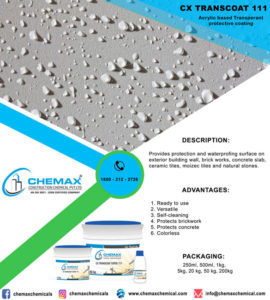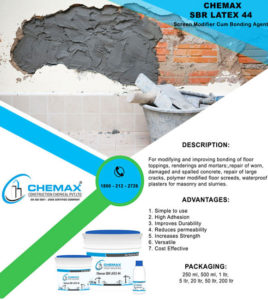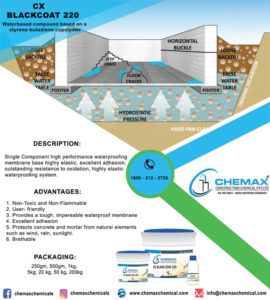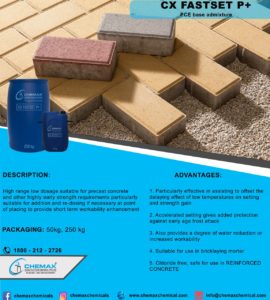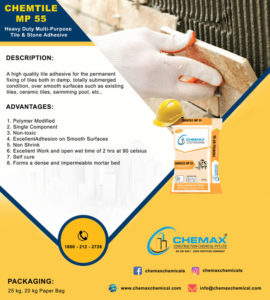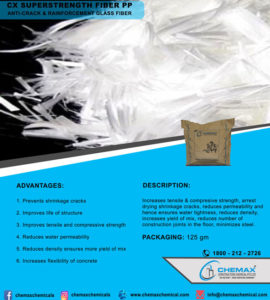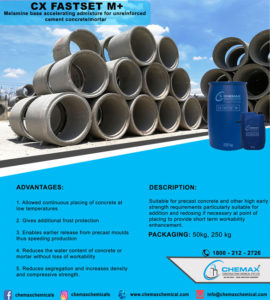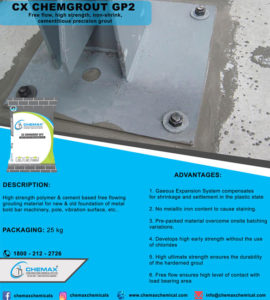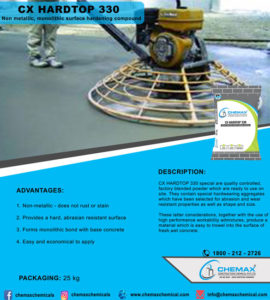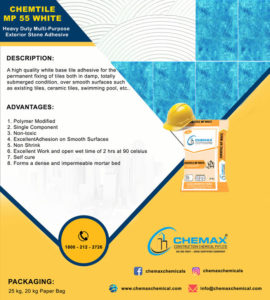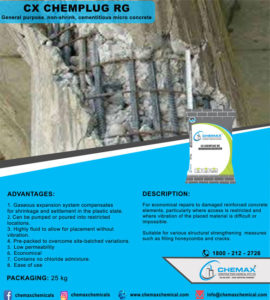A surface crack on a wall is not cause for concern. Cracks in walls are easily repaired. Sometimes a crack in the wall indicates a serious problem underneath. When that occurs, foundation repair will be necessary, though it’s not always necessary.
Call a qualified contractor if you believe that your wall cracks are severe enough to require foundation repair. In any case, you should learn how to repair wall cracks before more significant problems occur.
Wall cracks are easily repaired with new tape. All you have to do is identify the type of wall crack you are dealing with. You should become knowledgeable about caulking wall cracks because in certain situations you may need to fix a surface that has already been re-taped.
Additionally, you should learn how to inspect the area of the wall around the crack and search for any visible nail or screw heads on the wall’s surface. Start by reading our guide on wall cracks, which is available here.
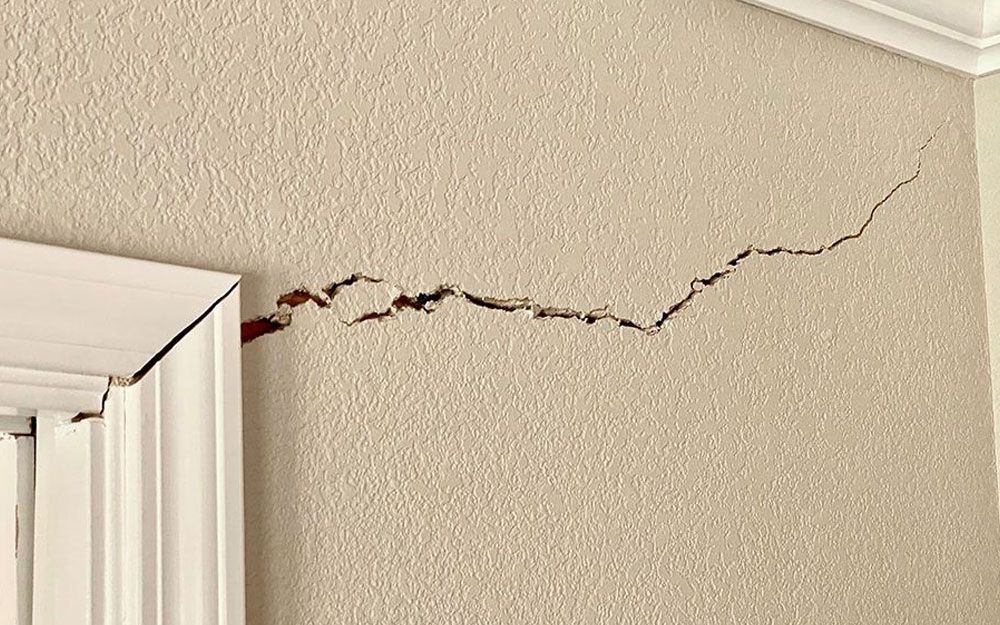
What Classifies A Cracked Wall?
Walls can have a wide variety of fractures. A wall with an extended, non-natural gap is said to be cracked. It is not a crack if a hole is punched in the wall. It is a crack, though, if the wall separates. Numerous factors can lead to smaller cracks. Larger cracks can result in major problems and frequently indicate significant structural damage.
Nonetheless, foundation repair is not necessary for the majority of other structural damage types. With the advice you’ll receive, a wall crack in a newly constructed home can be repaired. Certain types of damage, such as water damage, are not covered by the wall repair procedures. Concrete wall cracks, however, are a different story and might need foundation repair.
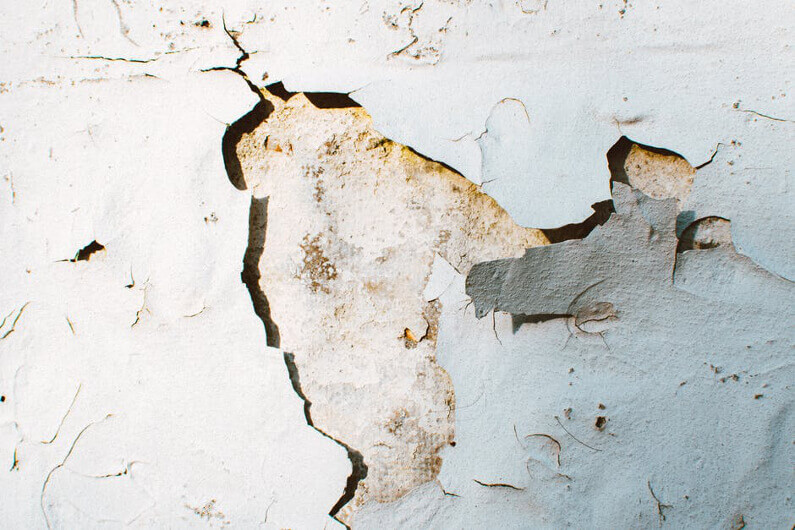
Why Does A Cracked Wall Happen?
There are numerous causes of cracked walls. Usually, there is no major cause—just something natural. However, occasionally, mishaps occur and your house may be in jeopardy. You may not have problems with your roof truss if there are diagonal cracks, but not if there are hairline cracks. See what you believe caused the cracks in your wall by looking through these causes.
Settling
This kind of crack is the most prevalent and least concerning. On your external or interior walls, you’ll see horizontal cracks. During the first year of ownership, new homes typically experience this, which typically manifests as tiny wall cracks. Even though thinner cracks shouldn’t be too concerning, you should still fix them right away. Typically, smaller cracks that form around doors don’t harm the structure.
Impact
The wall could easily develop cracks if it experienced any kind of trauma. In concrete, blunt force may result in tiny cracks, but it typically leaves holes in drywall. Although rare, severe foundation shifting is a serious matter. That will require foundation repair, which is best left to the professionals.
Vacancy
Even for a short vacation, leaving a house unoccupied for an extended period of time can lead to major problems like wall cracks. Because of this, even though an abandoned home is not being used, it still needs repairs. When concrete walls get wet, they usually crack. It is reasonable to anticipate structural damage when this occurs.In the meantime, settling may cause cracks to get wider or even horizontal. There will also be termite damage because no one is home to monitor the situation.
Faulty Taping
Nothing is more likely to result in unsightly cracks in drywall than improper taping. Seams will almost always show if the taping is done incorrectly, especially if the sheetrock was not put firmly.
Before attempting to install sheetrock, learn how to properly tape. If you need to fix someone else’s poorly done taping job, enroll in a class or learn how to fix wall cracks by watching an online tutorial like the straightforward one below. Fortunately, if your problem is improper taping, you won’t require foundation repair.
Water Leaking
Water damage can result in cracks in walls and other major problems, even though it doesn’t always cause them. Water leaks must be fixed right away, or else you may eventually need foundation repair. This is due to the fact that water causes the wall to soften and become more prone to tearing as it expands and distorts. The most expensive kind of crack repair is water damage since it usually requires removing the damaged wall and investigating the source of the problem. Although it costs a lot of money and takes time, this is unquestionably necessary.
How Do You Fix Cracks In The Walls
The type of wall you have will largely determine how to repair wall cracks. The two most prevalent types of walls that require frequent repair are plaster and drywall. What you should know about each kind is as follows.
There are important considerations to make with plaster. Here are a few different kinds of cracks you might see and how to fix them. See this article for a comprehensive guide that expands on this information to provide a more detailed explanation of plaster repair. You must shut off the water supply right away if you find that drywall mud is causing water infiltration. When there are water issues, paper tape will not function as well.
Hairline Cracks
Your best option if the crack you are dealing with is a hairline crack is to remove the loose pieces and fill the affected area with spackling. If more coats are required, you can apply a thin coat and let it dry before applying another. Use sandpaper to sand the area after each coat to determine your position.
Wide Wall Cracks
To see if a wide crack is moving, you should first apply firm pressure to each side of the crack. If so, an alternative approach will be taken. If not, plastering tape must be used to seal the crack. Put the tape on the underside after applying a thin coat of plaster.
After that, apply it to the upper surface to even out the wall. To avoid more serious issues, make sure to apply more plaster to any deeper areas. Do not forget to sand! A lot of people think they can get away with not sanding, but doing so leaves a rough surface and makes painting a wall nearly hard.
Plaster Wall Cracks
Using a drywall patch kit is the most straightforward method of repairing drywall. This has all the tools you need to fix drywall and care instructions for various kinds of cracks. It’s a wise purchase for anybody who has drywall. This is something you’ll notice in newly constructed homes, so don’t panic.
The majority of drywall mud can be fixed by taking out any loose tape and crumbling mud that is coming off the wall. Next, sand the drywall’s surface where any remaining mud is present. Sanding non-mudded areas is not necessary.
You can begin using drywall mud to fill the crack after sanding. Using a drywall joint knife, smooth it out. After that, cover the mud with the tape. Once the tape has adhered, cover it with a thin layer of mud.
Sand it after it dries, but avoid going so deep that you jeopardize the tape’s adherence, as this could cause major problems down the road. Even though a basic spackling job will cover much better and last much longer, it can be easy to get lazy and choose to do it.





